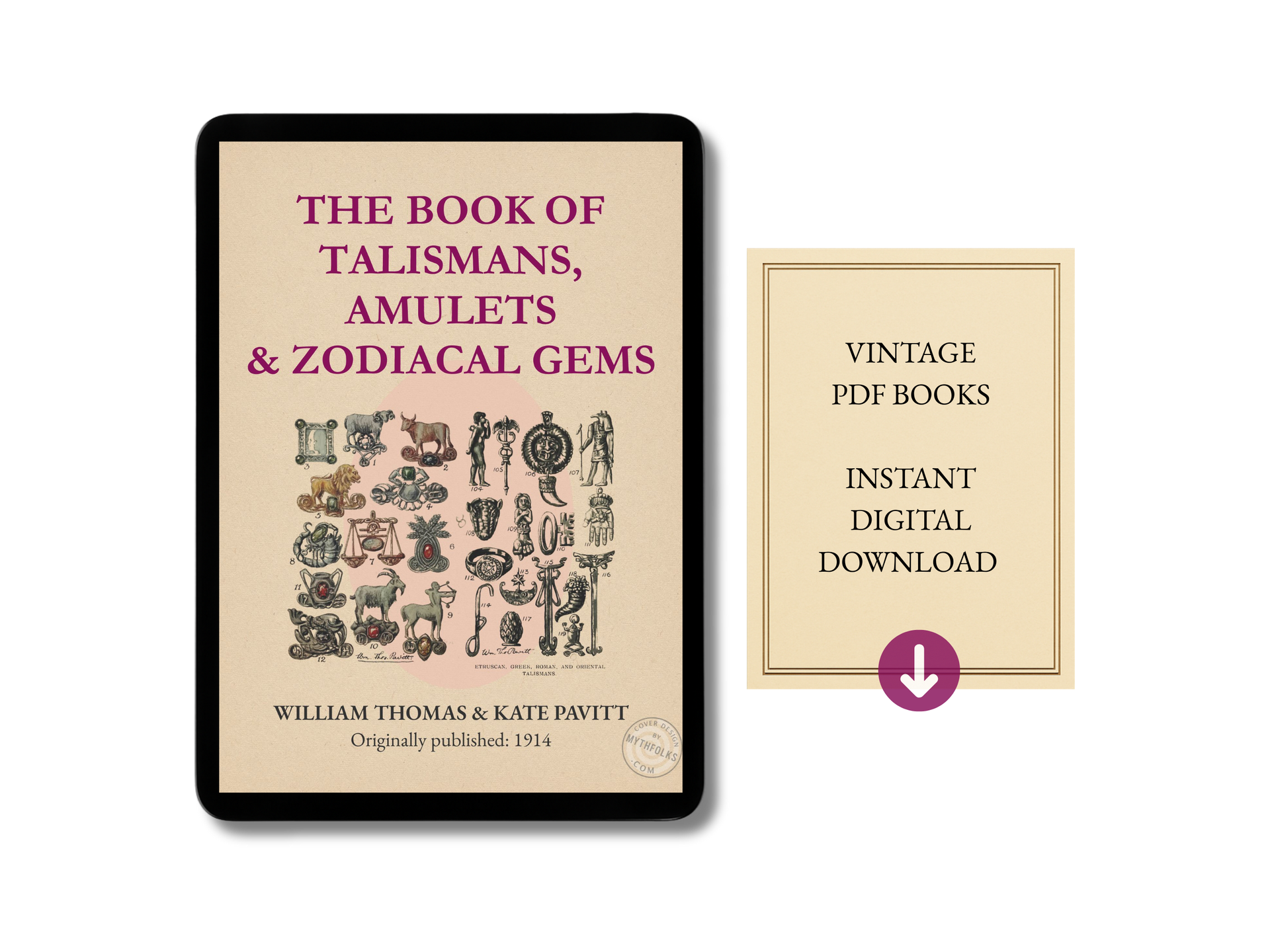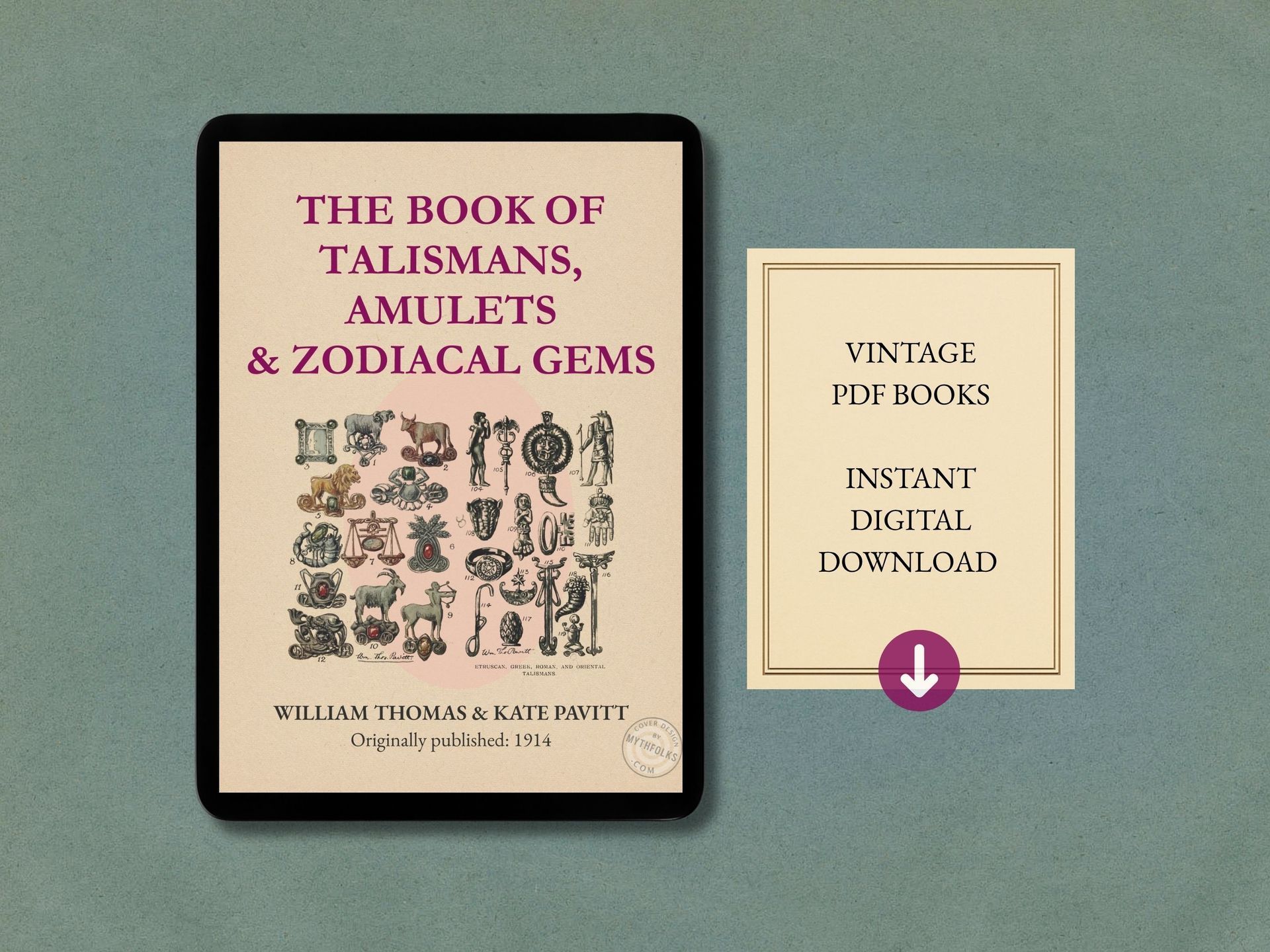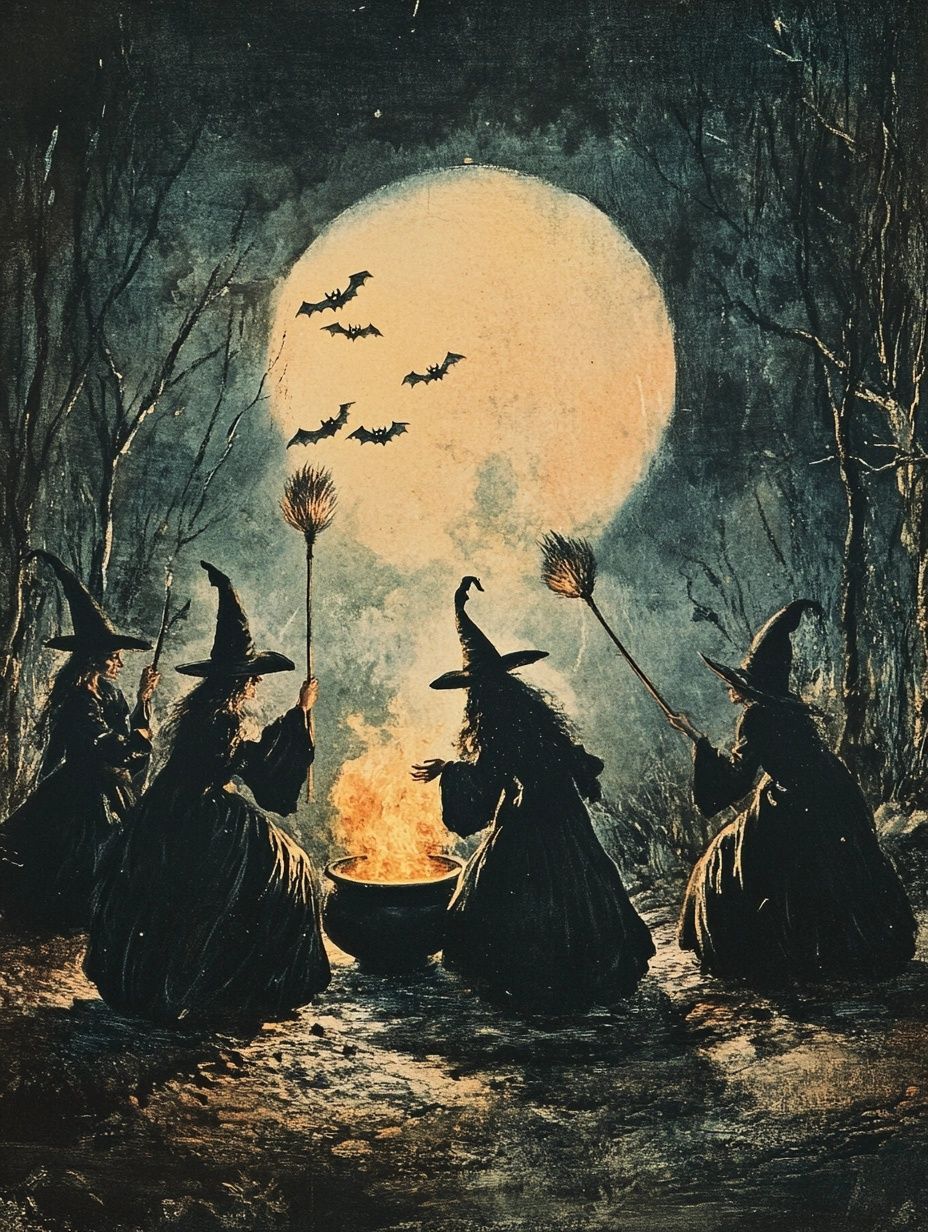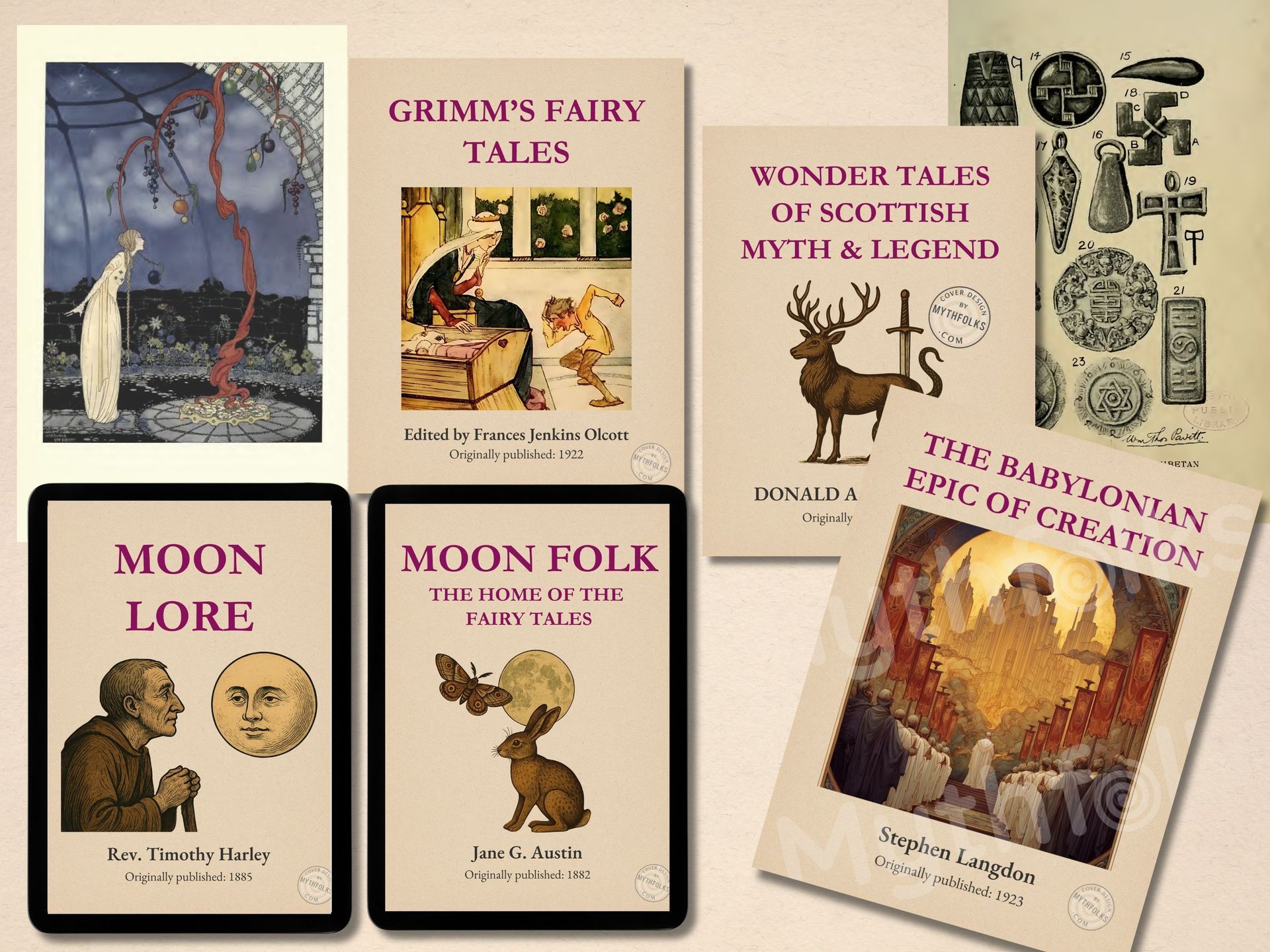A global history of talismans & amulets: from prehistoric bones to plastic lucky charms
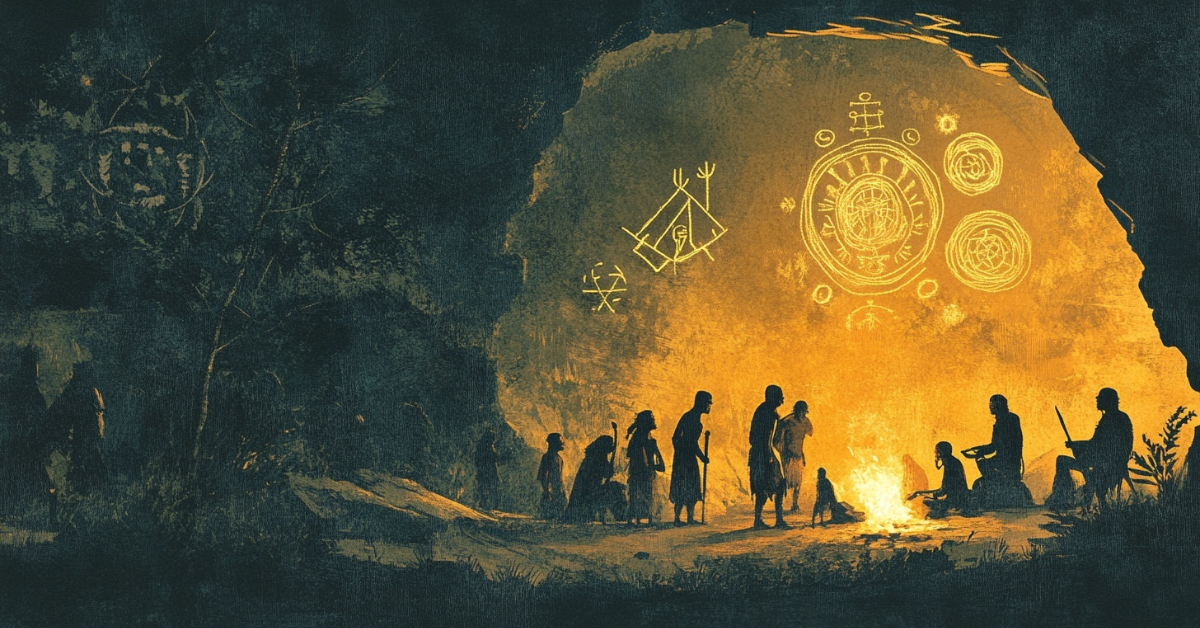
Why did Roman children wear phallic necklaces? And why did medieval kings bless rings to cure cramps?
Important questions indeed. The use of objects for protection and influence is one of the oldest human behaviours and it certainly hasn’t gone away today. Though it's not quite as mainstream as it once was.
If you're new to the topic of power objects, check out my overview of talismans and amulets for extra background.
Otherwise let’s take a quick history tour and find out more about what those ancient and medieval people were doing and just where did “abracadabra” come from…?
Published: 25th Jun 2024
Author: Sian H.
Prehistoric charms & the roots of magical objects.
The use of objects for protection or influence goes back at least 40,000 years.
One of the oldest known examples is a perforated cave bear tooth, found in the Altai Mountains of Siberia and thought to have been worn as a charm.
It’s an early sign of a deeply rooted human instinct: to find safety or control through physical objects.
Materials in prehistoric magical objects commonly included:
- Animal bones: Thought to carry the strength or spirit of the animal.
- Shells: Often linked to water, fertility, or life-giving forces.
- Clay: Easily shaped and symbolically charged.
In parts of Neolithic Europe and South Asia, the swastika was used as a symbol of life and continuity.
Coiled serpents appeared in early Mesopotamian and Mediterranean cultures, often linked to healing or regeneration.
Interlaced triangle motifs - like those later seen in Norse carvings- may have represented cycles, strength or spiritual protection.
And in many regions, small arrowheads and axe forms were carried or buried deliberately, suggesting they had meaning beyond practical use.
The fact that similar practices appear across unrelated prehistoric cultures suggests a universal drive to protect, influence, or make sense of the world through objects, long before organised religion or written language existed.

Early amulets of Ancient Egypt
Ancient Egypt gives us some of the first written evidence for how these power objects were use - not just what they were, but what people believed they could do.
Ancient Egypt made extensive use of amulets. They were used by both the living and the dead for protection, healing, fertility and safe passage into the afterlife and a few of them are probably some of the most recognisable to us today.
The earliest examples date back to the Badarian Period and their use continued through Roman times.
In this context, magic and medicine weren’t treated as separate ideas - amulets were part of standard medical practice and carried real practical weight.
Their power was understood as functional, not just symbolic, which makes a lot of sense when you consider how far away real medical advancements were.
Common Egyptian amulets included:
- Scarab beetle: Symbol of rebirth and regeneration. Often placed in the heart cavity of mummies to secure a favourable judgment in the afterlife.
- Ankh: Symbol of eternal life, frequently shown in the hands of deities.
- Eye of Horus: Represented the healed eye of the god Horus. Worn for healing and protection, particularly against the evil eye.
- Tat: Represented the backbone of Osiris. Associated with strength, stability, and defence against enemies.
- Taweret - the goddess of childbirth, worn to protect against miscarriage.
- Bes
- a lion-headed dwarf, revered as the protector of children.
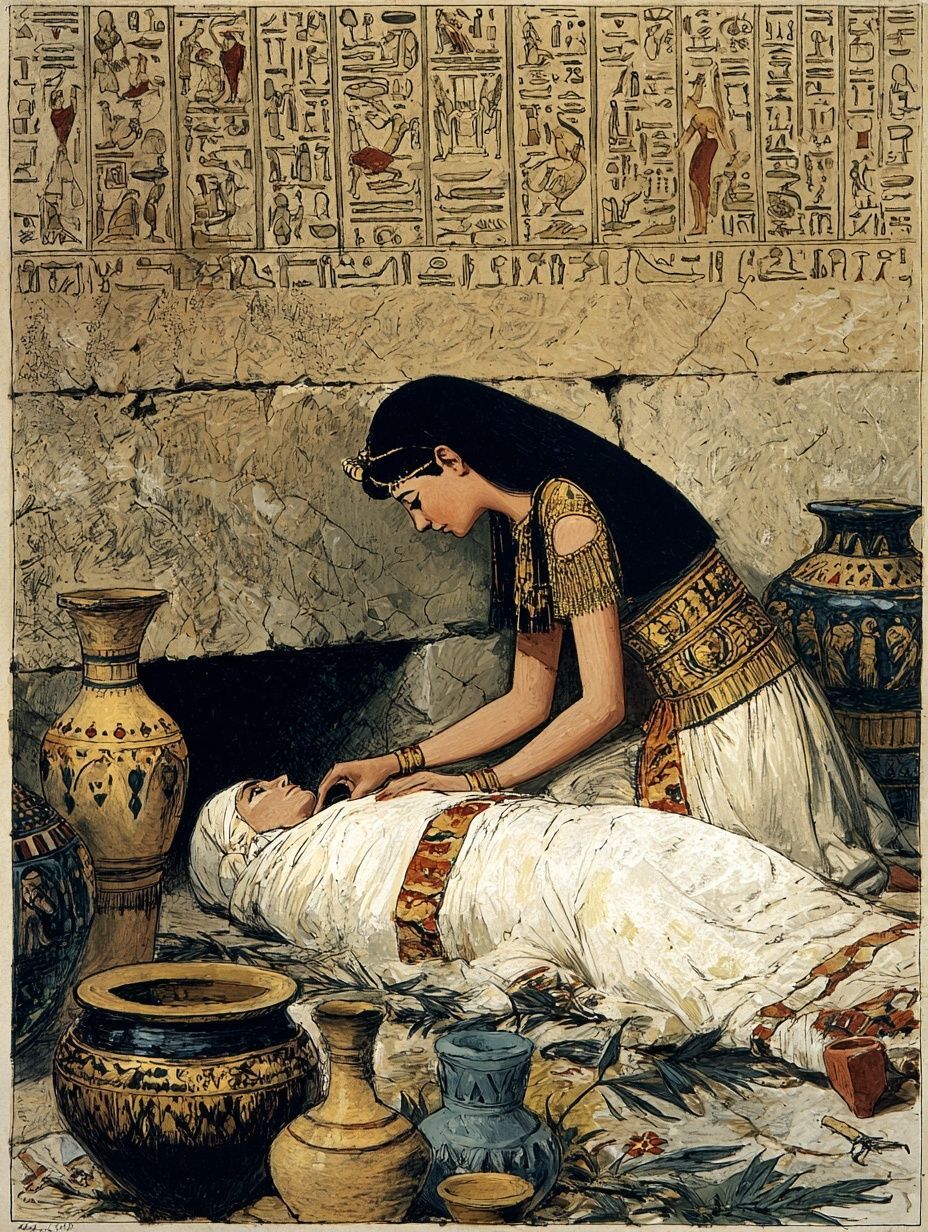
Charms of Ancient Greece & Rome
The ancient Greeks and Romans also made widespread use of amulets, mostly to guard against illness, bad luck and the evil eye, a constant source of anxiety across both cultures (just like Egypt).
Many of these charms, including the more eyebrow-raising ones, weren’t meant to be symbolic in a moral sense, they were practical tools to influence fate.
Roman society, which was heavily influenced by Greek tradition, integrated amulets into both religious and magical practices.
Certain gemstones were even associated with specific gods - milky chalcedony with Jupiter, red jasper with Mars - but they weren’t worn out of devotion.
People wore them for the powers they were believed to carry. It was less to do with worship and more about strategy.
Common Greek & Roman amulets included:
- Phallic charms (fascinum): These weren’t worn for subtlety. Shaped like male genitals and used in everything from jewelry to door chimes (new business idea?), they were believed to ward off envy and harm. And that is why Roman children wore phallic shaped necklaces!
- Bulla: A gold or metal locket worn by free-born Roman boys until adulthood. It held protective amulets and also signaled social status.
- Lunula: Crescent-moon pendants worn by Roman girls, originally linked to lunar goddesses. They remained in use even among early Christian women - one of many older symbols that quietly carried over into new belief systems.
- Gorgoneion (Gorgon’s head): The image of Medusa, whose gaze could turn people to stone, was used to frighten off evil and was often stamped onto personal items.
- Eye beads, hand symbols and horns: Simple but persistent, these apotropaic (evil deflecting) devices were worn or carried to prevent curses and ill will.
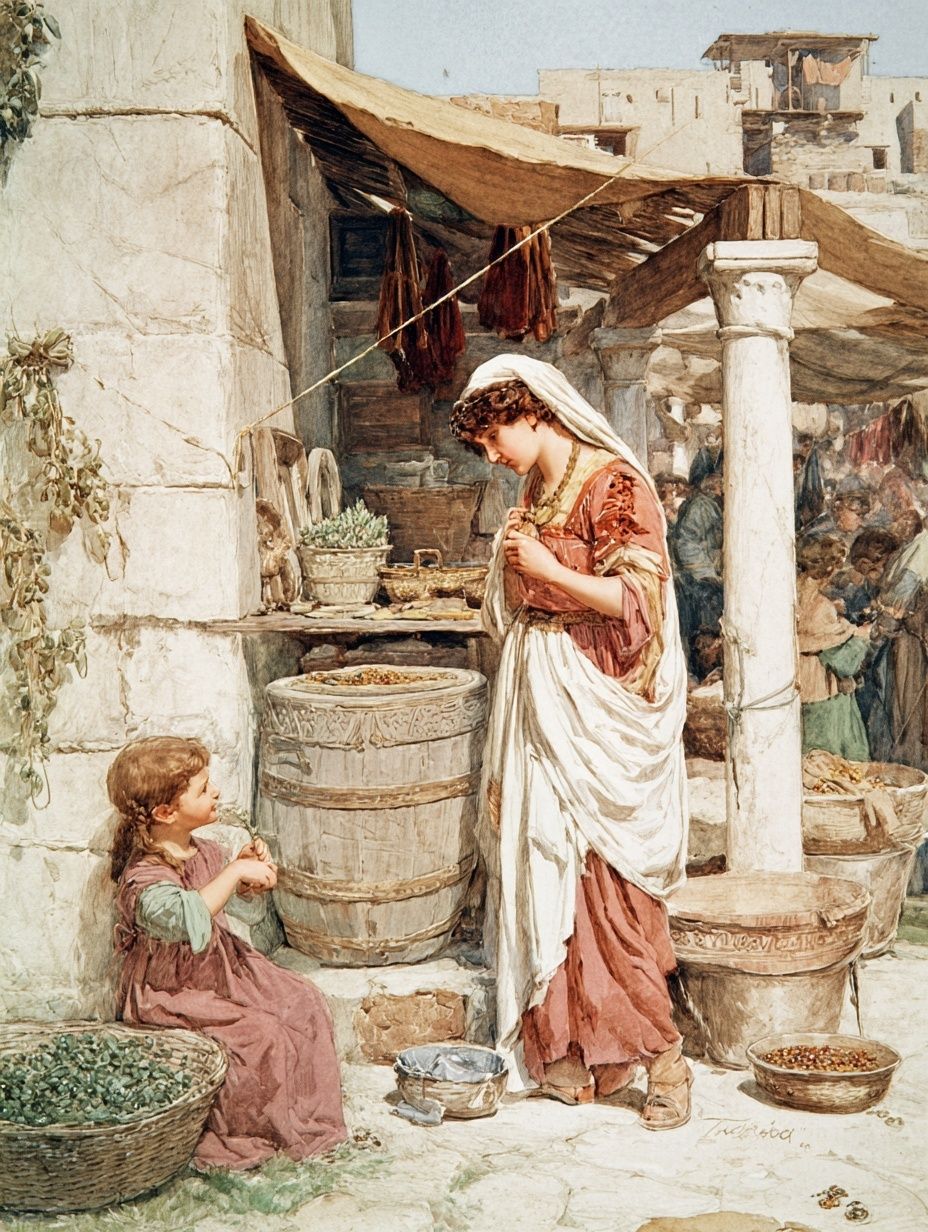
Enjoying this article? Check out this rare, vintage ebook all about talismans, amulets & the zodiac!
(Clicking the link will open the Mythfolks Etsy shop in a new tab.)
Talismans & amulets in Medieval Europe
In medieval Europe, talismans and amulets were used to protect against illness, misfortune and spiritual danger just as they had been in earlier cultures. But now, many of these objects took on Christian forms.
The cross, still one of the most recognisable symbols in the world today, became a widespread amulet for divine protection.
Rather than replacing older beliefs, Christianity often absorbed them. Charms were carved with sacred symbols, inscribed with prayers or protective phrases and sometimes blessed by clergy.
Some were rooted in older traditions; others developed alongside religious ritual. The idea of personalised protection became more common, leading to a wide range of specific designs.
Common Medieval charms included:
- Christian cross: Worn for spiritual protection. The most enduring of all medieval symbols.
- Agnus Dei: A lamb with a cross and banner. Believed to guard against storms, accidents, and disease.
- Coventry ring: A 15th-century ring showing Christ rising from the tomb. Thought to protect against all evil.
- Ananizapta: A charm inscribed with a protective formula, used especially against illness and seizures.
- Pentalpha: A five-pointed star. Said to repel demons and bind harmful spirits.
- Abracadabra: Often written in a triangular layout with the word gradually diminishing by one letter per line. Used to cure disease and ward off death.
- Cramp rings: Blessed by English royalty and worn to prevent cramps or epilepsy.
- Fish charms: Worn discreetly by early Christians to identify each other in secret.
- Pilgrim badges: Metal tokens from holy sites, worn as keepsakes but believed to carry protective power.
- Military insignias: Carried as personal charms by soldiers, often believed to bring luck or safety.
By this point, some objects weren’t just used to protect they were also meant to deflect harm back to its source. These counter-charms marked a shift in thinking - not just shielding the wearer, but actively pushing danger away.

Divine charms in the modern era
In the 19th century, industrialisation changed how charms were made and who could access them. Mass production moved amulets from artisan workshops into mainstream markets.
Cheaper materials like vulcanite and early plastics replaced traditional metals and stones, making charms more varied and widely available.
One major shift was the rise of the charm bracelet, popularised by Queen Victoria. And these old symbols of protection and belief in higher powers gave way to new purposes:
- Personal storytelling: Charms began to mark life events, travel, love, and loss.
- Fashion and identity: Wearing charms became a way to signal values, beliefs or status.
- Separation from magic: Many modern charms carried no spiritual intent, only sentiment.
- New materials: Plastics, resins, and alloys replaced precious metals in mass-market designs.
- Cultural crossover: Traditional symbols like the evil eye or hamsa hand entered global fashion.
- Spiritual persistence: Some charms, especially within folk or esoteric traditions, retained protective or magical roles.

From the cave bear tooth to acrylic pendants, talismans and amulets have remained a consistent feature of human history.
The drive to protect, influence or connect through physical objects continues to evolve but never disappears. These practices, introduced more broadly in Talismans, Amulets & Zodiacal Gems: The Beginner’s Guide to Ancient Power Objects,
offer a unique lens into human belief systems—and our persistent need to feel that something is on our side.
Article sources
- Pavitt, William Thomas, and Kate Pavitt. The Book of Talismans, Amulets and Zodiacal Gems. London: William Rider & Son, Ltd., 1914.
- Witchcraft beliefs around the world: An exploratory analysis - PMC - PubMed Central
- Leland, Charles Godfrey. Gypsy Sorcery and Fortune Telling. London: T. Fisher Unwin, 1891.
- Lévi, Éliphas. Transcendental Magic: Its Doctrine and Ritual. Translated by Arthur Edward Waite. London: George Redway, 1896.
Shop vintage, digital folklore books about talismans & amulets
I spend a lot of time digging through old and out-of-print folklore texts and curate selected titles as digital editions.
This is one of the best books I used researching this series on talismans and other special objects and many of the fun facts in this article are derived from this vintage text from 1914.
I've given it a new cover, tidied and compressed the original scan and repackaged it into a convenient digital download at a great price. Discover 314 pages full of mystical goodness!
(Clicking the link will open the Mythfolks Etsy shop in a new tab.)
You might also like


